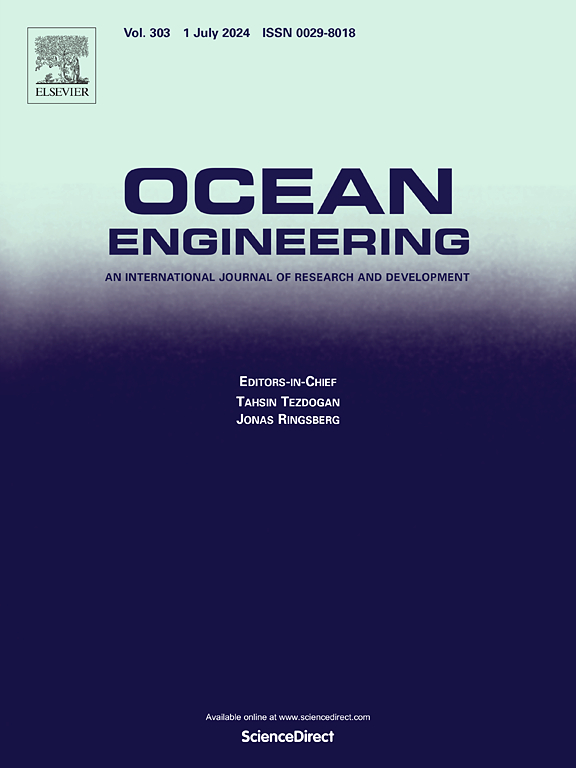Marine steel corrosion prediction and zonation using feature extraction and machine learning in the seas around China
IF 4.6
2区 工程技术
Q1 ENGINEERING, CIVIL
引用次数: 0
Abstract
To reduce the losses caused by the marine corrosion of steel, it is important to establish a prediction model to determine the corrosion rate of steel in depth-varying aggressive marine environments. The use of statistical feature extraction methods and machine learning modeling for marine steel corrosion prediction and zoning in the seas around China is investigated. In this study, 856 samples were collected. Mean and standard deviation were selected as environmental characteristics and corrosion loss time-varying relationships were log-transformed. Subsequently, four main supervised machine learning (ML) algorithms including Decision Tree (DT), Random Forest (RF), Gradient Boosting (GB), and XGBoost were explored for predicting corrosion loss in different depth-varying marine exposure zones. The GB model showed the best prediction accuracy and generalization ability with MSE, RMSE, MAE, and R2 values of 0.08, 0.43, 0.19, and 0.92, respectively. The spatial and temporal distribution of corrosion loss and zoning map in the seas around China were obtained. According to the corrosion zoning map of the splash zone, the South China Sea has a higher degree of corrosion, particularly in its northwestern region.
利用特征提取和机器学习进行中国周边海域海洋钢腐蚀预测和分区
为了减少钢材海洋腐蚀造成的损失,建立一个预测模型来确定钢材在深度变化的侵蚀性海洋环境中的腐蚀速率非常重要。本研究考察了统计特征提取方法和机器学习建模在中国周边海域海洋钢腐蚀预测和分区中的应用。本研究共采集了 856 个样本。选取平均值和标准差作为环境特征,并对腐蚀损失时变关系进行对数变换。随后,探讨了四种主要的监督机器学习(ML)算法,包括决策树(DT)、随机森林(RF)、梯度提升(GB)和 XGBoost,用于预测不同深度海洋暴露区的腐蚀损失。GB 模型显示出最佳的预测精度和泛化能力,其 MSE、RMSE、MAE 和 R2 值分别为 0.08、0.43、0.19 和 0.92。得到了中国周边海域腐蚀损失的时空分布和腐蚀区划图。根据飞溅区腐蚀分区图,南海的腐蚀程度较高,尤其是其西北部地区。
本文章由计算机程序翻译,如有差异,请以英文原文为准。
求助全文
约1分钟内获得全文
求助全文
来源期刊

Ocean Engineering
工程技术-工程:大洋
CiteScore
7.30
自引率
34.00%
发文量
2379
审稿时长
8.1 months
期刊介绍:
Ocean Engineering provides a medium for the publication of original research and development work in the field of ocean engineering. Ocean Engineering seeks papers in the following topics.
 求助内容:
求助内容: 应助结果提醒方式:
应助结果提醒方式:


